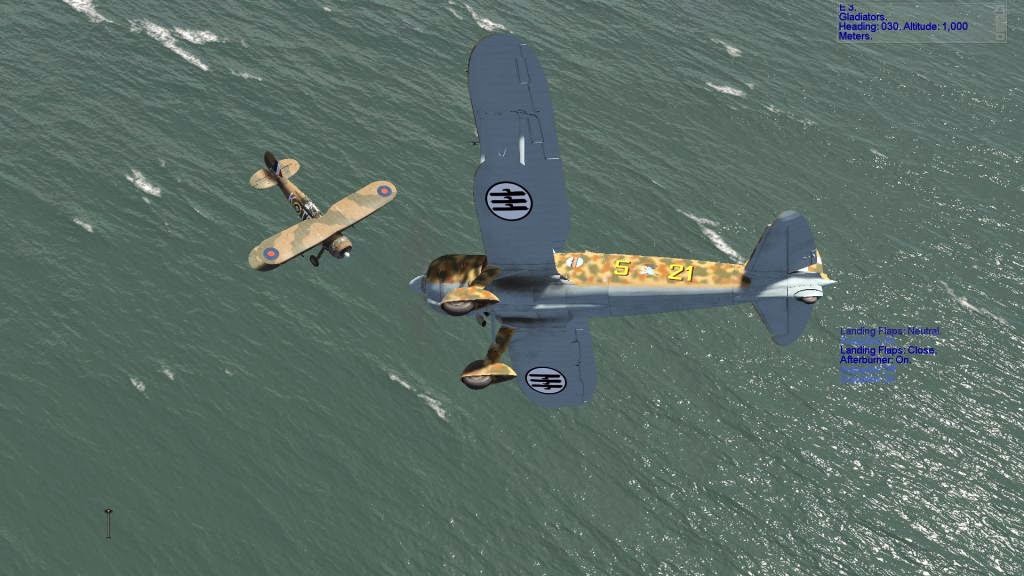The Regia Aeronautica did not adequately support the Regia
Marina. Their aircraft were ineffective against the Royal Air Force. Malta was
normally bombed, but according to the old air doctrine “Direttive per l’impiego
dell’Armata aerea” (Directive for the Employment of the Air Force), Italian
aircraft did not conduct massive bombing raids. Results were clearly poor, and
continued in this manner until the German X Fliegerkorps was deployed in
Sicily. But by the time German aircraft arrived, it was too late to seize
Malta. The feasibility of a landing was studied. Operation C 3—a landing in
Malta—foresaw sea and air operations using paratroopers. By the time the new
paratroopers of Division “Folgore” were ready, the desperate need for men in
the Sahara led Italian headquarters to deploy them in that theater as an
infantry division.
Thursday, March 12, 2015
Regia Aeronautica – Balkans III
The Italian air force was more successful in fighting in the
Balkans, against Greece and Yugoslavia. It also fought in the Western Desert
from 1940 to 1943, as well as in Ethiopia. When fielding modern machines—the
later models with German engines—the air force was effective. But despite the
fact that the Italian air force had operated in Libya since 1911, its aircraft
still lacked dust filters on the eve of war, and its tactics were reminiscent
of World War I acrobatics.
Regia Aeronautica – Balkans II
In the Mediterranean Theater, the Italian air force was
invoked in air strikes against Malta, targeted on British merchant ships and
naval units operating near Italy. It also conducted raids against Gibraltar and
Palestine and even as far afield as the Persian Gulf. However, the Italians
soon learned that aircraft that had been successful against stationary merchant
ships docked in harbors during the Spanish Civil War were ineffective in
high-altitude bombing attacks against warships. Indeed, early in the war, the aircraft
occasionally attacked Italian warships by mistake, although recognition
improved as the war unfolded. But not until March 1941 did the air force place
liaison officers on board warships at sea.
Subscribe to:
Comments (Atom)











